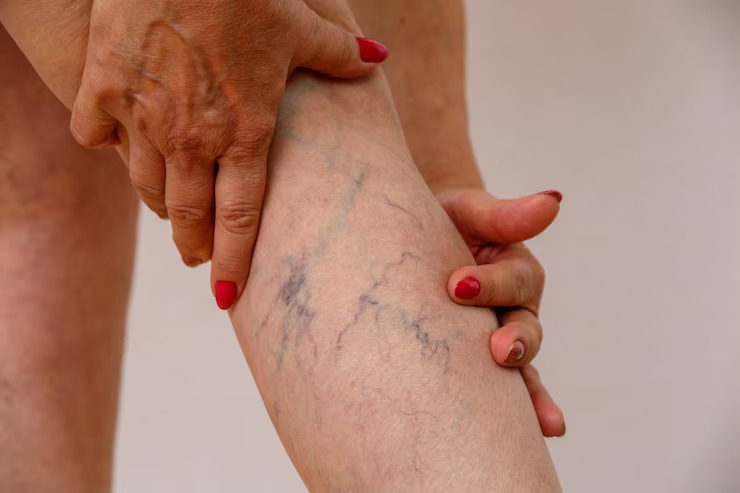Understanding Diabetic Foot And How To Prevent It
A complicated metabolic disease that affects millions of individuals globally is diabetes. One of the most significant complications of diabetes is diabetic foot, a condition characterized by ulcers, infections, and other foot problems. Understanding diabetic foot and taking proactive steps to prevent it is crucial for individuals living with diabetes. In this article, we will delve into the causes, symptoms, prevention strategies, and management techniques for diabetic foot.
What is Diabetic Foot?
Diabetic foot is a serious complication of diabetes mellitus that arises due to nerve damage (neuropathy) and poor blood circulation (vascular disease). These factors increase the risk of developing foot ulcers, infections, and other foot deformities. Left untreated, diabetic foot can lead to severe complications, including amputation.
Causes of Diabetic Foot
Several factors contribute to the development of diabetic foot, including:
- Neuropathy: Nerve damage caused by high blood sugar levels affects sensation in the feet, making it difficult to detect injuries or ulcers.
- Vascular disease: Diabetes can lead to narrowing and hardening of blood vessels, reducing blood flow to the feet and impairing wound healing.
- Poor foot care: Neglecting proper foot hygiene, wearing ill-fitting shoes, and ignoring foot injuries can increase the risk of developing diabetic foot complications.
Symptoms of Diabetic Foot
Recognizing the signs and symptoms of diabetic foot is crucial for early intervention. Common symptoms include:
- Persistent foot pain or tingling sensation
- Swelling, redness, or warmth in the foot
- Open sores or ulcers that do not heal
- Changes in skin color or texture
- Ingrown toenails or fungal infections
Prevention Strategies
Preventing diabetic foot complications requires a proactive approach to foot care. Here are some effective prevention strategies:
- Maintain healthy blood sugar levels: Proper management of blood glucose levels through medication, diet, and exercise can help prevent nerve damage and vascular complications.
- Inspect your feet daily: Check your feet for any signs of injury, blisters, or sores. Use a mirror or ask someone to help if you have difficulty seeing the bottom of your feet.
- Wear appropriate footwear: Select footwear that fits properly and offers sufficient cushioning and support. Avoid tight, pointed-toe shoes and opt for breathable materials to reduce the risk of friction and pressure injuries.
- To maintain clean and moisturized feet: wash them every day with a gentle soap and warm water, making sure to completely dry them, especially in the spaces between your toes. Apply moisturizer to prevent dry, cracked skin.
- Trim toenails carefully: Cut toenails straight across and avoid cutting them too short to prevent ingrown toenails. If you have difficulty trimming your nails, seek assistance from a podiatrist or foot specialist.
Management Techniques
For individuals with diabetic foot complications, prompt treatment, and management are essential to prevent further damage. Interventional radiologists play a crucial role in delivering specialized care to patients with vascular issues. In Sector 79, as well as in Noida, patients can access the expertise of the best interventional radiologists.
Interventional radiologists are skilled in performing minimally invasive procedures to improve blood flow to the affected area, promote wound healing, and prevent amputation. Some common interventions for diabetic foot include:
- Angioplasty: a process that uses a balloon catheter to open up constricted or obstructed arteries.
- Stent placement: Placement of a small metal mesh tube (stent) to keep the artery open after angioplasty.
- Atherectomy: Removal of plaque buildup from the artery using specialized tools.
- Peripheral artery bypass surgery: Surgical rerouting of blood flow around a blocked artery to restore circulation to the foot.
By addressing underlying vascular issues and promoting wound healing, interventional radiologists play a vital role in the comprehensive management of diabetic foot complications.
Conclusion
Diabetic foot is a serious complication of diabetes that can lead to significant morbidity and mortality if left untreated. Understanding the causes, symptoms, and prevention strategies for diabetic foot is essential for individuals living with diabetes. By adopting proactive foot care practices and seeking timely medical intervention, individuals can reduce the risk of developing diabetic foot complications and maintain optimal foot health. With the expertise of interventional radiologists in Sector 79 and Noida, patients with diabetic feet can receive specialized care to improve outcomes and preserve limb function.
For any further queries, Plz visit drankitinterventionalradiologist.com







